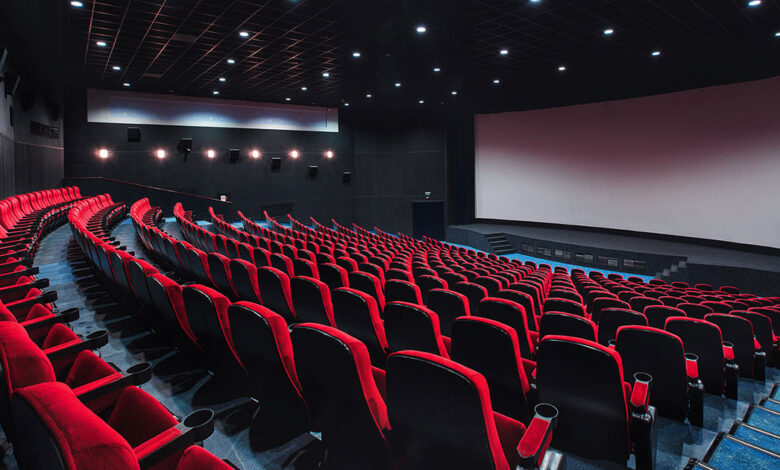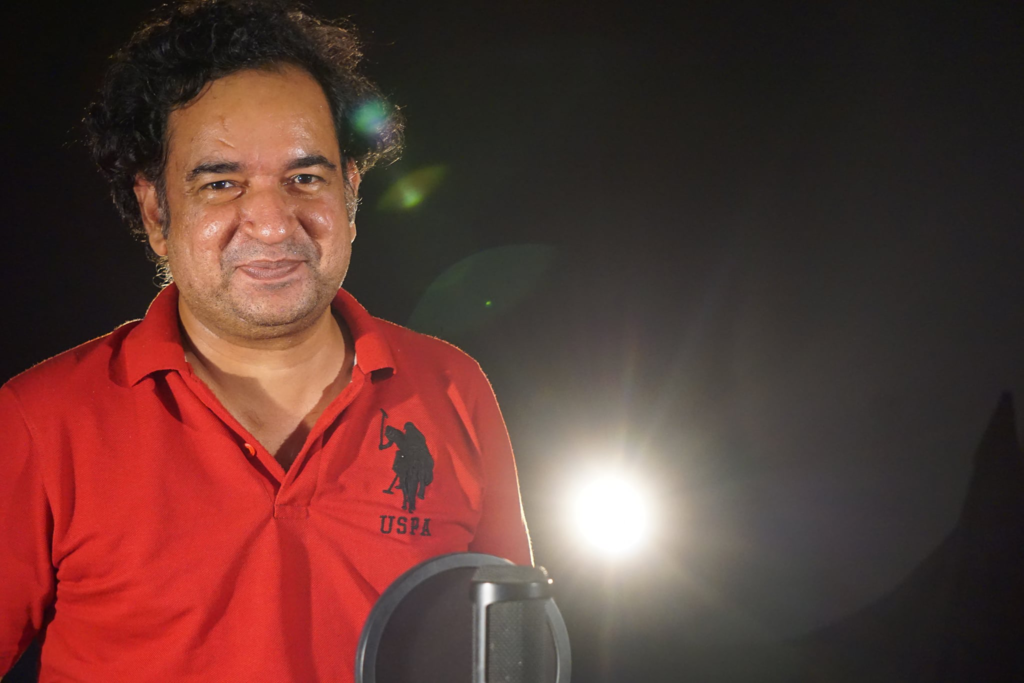
By Sonu Tyagi, Founder, Approach Entertainment & Editor, Approach Bollywood
The golden days of cinema, where theaters were the beating heart of entertainment, seem to be fading into a nostalgic haze. The once-thriving ecosystem of theatrical distribution is now grappling with an existential crisis—one fueled by escalating costs, dwindling recovery prospects, and a seismic shift in audience behavior. The modern viewer, armed with a smartphone, a smart TV, and a plethora of OTT platforms, no longer feels the magnetic pull of the big screen. This is not just a temporary blip; it’s a structural transformation that threatens the survival of theaters and challenges the very economics of film production as we’ve known it.
The Cost Conundrum and Box Office Blues
Big-budget films, once the crown jewels of the industry, are increasingly becoming cautionary tales. The math simply doesn’t add up anymore. Producing a high-stakes cinematic spectacle often entails budgets soaring into hundreds of crores—spanning star fees, extravagant sets, cutting-edge VFX, and aggressive marketing campaigns. Yet, the returns are far from guaranteed. Take recent examples: films like Adipurush or Bade Miyan Chote Miyan, which arrived with massive hype and even bigger budgets, only to stumble at the box office. These flops aren’t isolated incidents; they’re symptoms of a deeper malaise.
Theatrical releases now face a brutal reality: ticket prices, often ranging from ₹200 to ₹1,000 or more in premium multiplexes, are a tough sell when audiences can access a month’s worth of diverse content on an OTT platform for a fraction of that cost. Add to this the convenience factor—why brave traffic, shell out for overpriced popcorn, and commit to a three-hour outing when you can binge an entire series from the comfort of your couch? The traditional allure of the “cinema experience” is losing its sheen, overshadowed by the accessibility and affordability of digital alternatives.
Audience Fatigue: Too Much of a Good Thing
Another critical factor eroding theatrical dominance is audience fatigue. We’re living in an era of content saturation. Between OTT platforms like Netflix, Amazon Prime, and Disney+ Hotstar, television channels, and the endless scroll of short-form content on YouTube, Instagram, and TikTok, viewers are bombarded with more entertainment options than they can possibly consume. This deluge has desensitized audiences, making it harder for even the most hyped theatrical releases to cut through the noise.
When a big-budget film fails to deliver a truly unique or compelling narrative, it risks being dismissed as just another drop in the content ocean. The days when a star’s name alone could guarantee footfalls are waning. Today’s audiences, spoiled for choice, demand more—exceptional storytelling, immersive experiences, or at least a reason to leave their homes. And when a ₹500-crore film tanks, the ripple effect is devastating: exhibitors lose money, producers scramble to recoup losses, and the industry collectively tightens its belt.
The Mobile Revolution: Entertainment in Your Pocket
Perhaps the most formidable challenge to theaters is the rise of mobile consumption. Smartphones have become the new cinema halls, delivering everything from Hollywood blockbusters to regional dramas with a tap. According to recent studies, India alone has over 600 million smartphone users, and a significant chunk of them consume entertainment daily on these devices. OTT platforms have capitalized on this trend, tailoring content for smaller screens—think shorter runtimes, snackable episodes, and mobile-friendly visuals.
This shift has fundamentally altered audience psychology. The need to “go out” for entertainment has evaporated when the world’s stories are available 24/7 in your pocket. The theater, once a cultural pilgrimage, now feels like an optional luxury—and an expensive one at that. For the price of a single ticket, a family can subscribe to a streaming service and watch dozens of films over a month. The value proposition is stark, and theaters are losing the argument.
Big Budget Flops: A Symptom of a Dying Model
The graveyard of 2023 and 2024 box office failures tells a grim story. High-profile films with A-list stars and bloated budgets—once considered safe bets—have crashed spectacularly. The audience isn’t showing up, not because they’ve stopped loving cinema, but because the theatrical model no longer aligns with their lives. The occasional success proves that spectacle and star power can still draw crowds, but these are exceptions, not the rule. For every hit, there are multiple high-profile disasters, leaving producers and studios wary of the theatrical gamble.
The recovery window for theatrical releases has also shrunk. Films that don’t explode out of the gate in their opening weekend are quickly relegated to “wait for OTT” status. Piracy, too, remains a persistent thorn, siphoning off potential ticket sales within days of release. The economics of theatrical distribution—built on exclusivity and urgency—can’t keep pace with a world where content is instantly accessible, legally or otherwise.
The Future: Contract Manufacturing for Digital Giants
So, where does this leave the film industry? The writing is on the wall: the golden age of theatrical dominance is over. Cinema as we knew it—grand, communal, and larger-than-life—is giving way to a new paradigm. Film production is poised to evolve into a contract manufacturing industry, churning out content primarily for OTT and digital platforms. Studios will increasingly greenlight projects with streaming in mind, prioritizing budgets that align with subscription revenue rather than box office projections.
This isn’t necessarily a death knell for creativity. Digital platforms have already proven they can nurture bold, niche stories that theaters often overlooked—think Sacred Games or The Family Man. But it does signal the end of an era where the theater was the ultimate arbiter of a film’s worth. The future belongs to hybrid models: limited theatrical runs for event films, followed by swift digital releases to maximize reach and revenue. Theaters may survive as boutique experiences—think IMAX exclusives or immersive screenings—but their days as the backbone of film distribution are numbered.
A Bittersweet Farewell
As someone who’s spent decades in the entertainment ecosystem, I feel a pang of melancholy watching this shift unfold. The theater was more than a venue; it was a ritual, a shared celebration of storytelling. But industries evolve, and cinema is no exception. The challenge now is adaptation—finding ways to keep the magic of films alive, whether on a 70mm screen or a 6-inch display. The survival of theaters hangs in the balance, but the spirit of cinema will endure, reshaped for a digital dawn. For producers, exhibitors, and creators, the message is clear: innovate or fade away. The audience has already moved on.
About the Author: Sonu Tyagi is the Founder of Approach Entertainment and Editor of Approach Bollywood. With a rich career spanning film production, media, and entertainment, he has been a keen observer of the industry’s evolution. Through his ventures, Tyagi continues to champion creativity and storytelling, navigating the dynamic interplay between traditional cinema and the digital frontier.
Visit Sonu Tyagi at www.sonutyagi.com & www.approachentertainment.com











